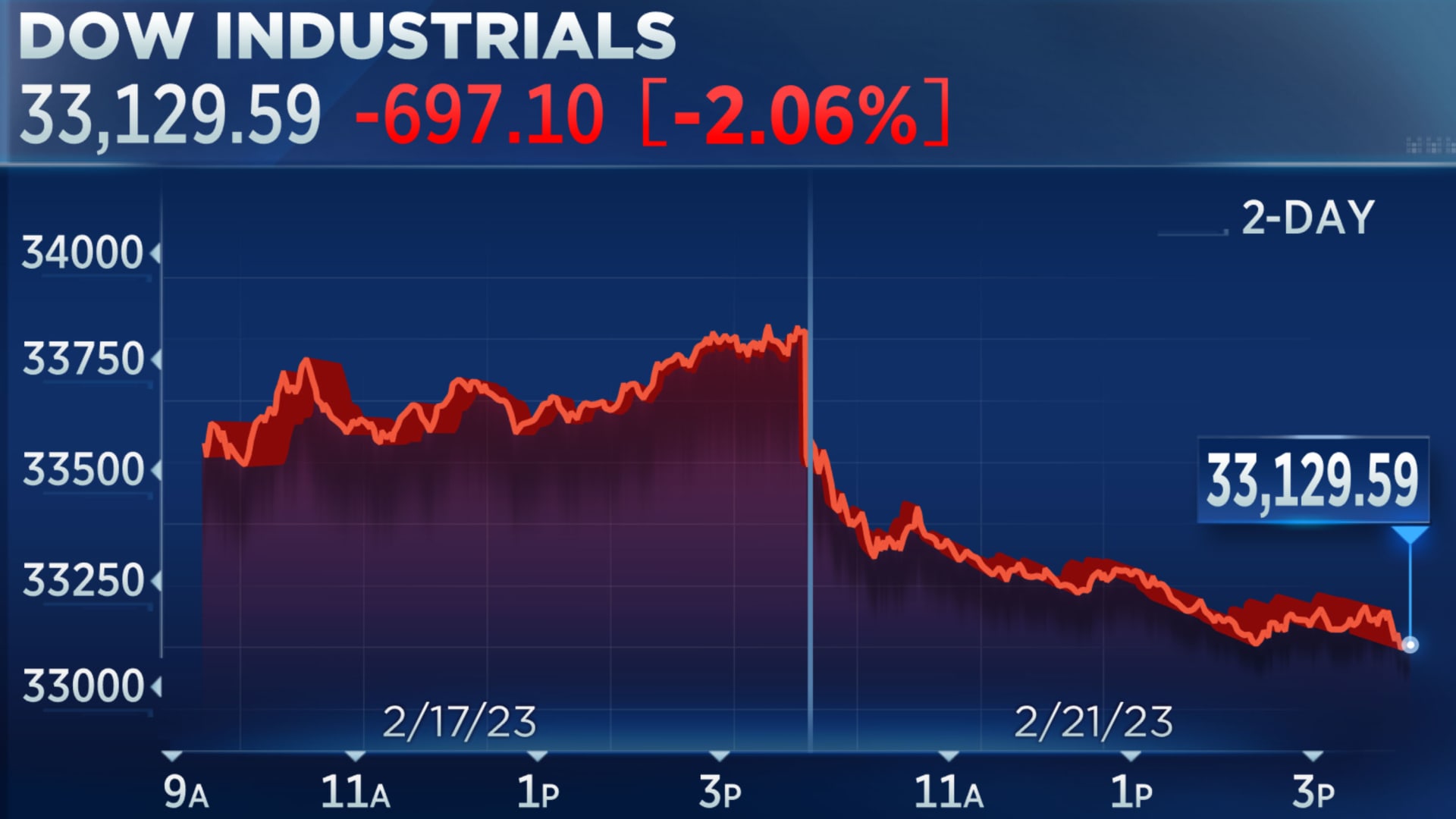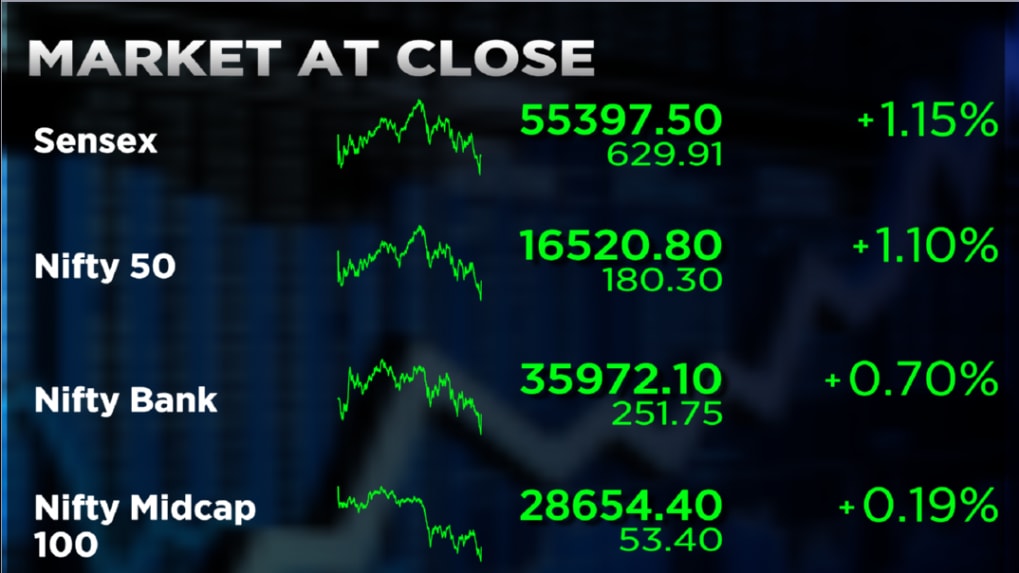Global events are moving areas quicker than actually, and the information shows the story. Investors are checking geopolitics, inflation, power prices, and central bank choices to understand why indices swing within hours online trading platform.This picture stops working the most influential drivers right now and how they are filter through equities, sectors, and sentiment.

Economic signs stay the first flashpoint. When inflation designs can be found in over objectives, areas often react within minutes. A 0.2–0.3% shock to the benefit in monthly inflation has traditionally pushed produces larger and considered on growth shares, while price and dividend payers see general support. Conversely, softer inflation and chilling wage development tend to raise risk appetite, with computer and consumer discretionary leading gains. Follow-through depends upon how key banks answer at the next meeting—advice that signals a longer hold on tight charges an average of tempers rallies.
Power areas are the next major force valve. A 5– 10% regular spike in elementary oil prices has correlated with decreases in transfer and airline shares, while energy suppliers and solutions names frequently see short-term outperformance. Larger fuel and logistics expenses can shrink margins across suppliers and suppliers, prompting analysts to cut earnings estimates. If power energy persists beyond a quarter, inflation expectations can re-accelerate, reviving rate-hike bets and putting a second layer of volatility.
Geopolitical developments continue to present subject risk. Escalations that interrupt industry tracks or critical commodities, even for a few days, have triggered rotations into perceived havens like resources and short-duration bonds. Equity futures generally gap on the first subject, then recalibrate as details emerge. Markets often value prolonged tensions with greater credit develops, weaker small-cap performance, and a point toward organizations with solid stability sheets and global supply sequence redundancy.
Currency movements boost these effects. A stronger domestic currency can stress multinational revenue when international income are translated straight back, while importers benefit from lower insight costs. Quick 1–2% day-to-day swings in significant currency sets have coincided with improved equity volatility; organizations with organic hedges and pricing power tend to keep up better.
Earnings season switches these macro bangs in to numbers. Search for improvements in advice language: says of logistics charges, rate tenderness, and FX headwinds have increased in new quarters. Beat rates usually remain strong, but an increased reveal of organizations information cautiously when uncertainty rises, which can weigh on multiples even if benefits surpass expectations.

For investors, three realistic steps help manage that setting: build situations associated with key indicators (inflation images, policy conferences, energy moves), diversify across facets as opposed to just sectors, and track high-frequency data—transport prices, energy advances, and jobless claims—to validate market narratives. Keeping data-driven, variable, and disciplined can change world wide volatility from a risk into an edge.
